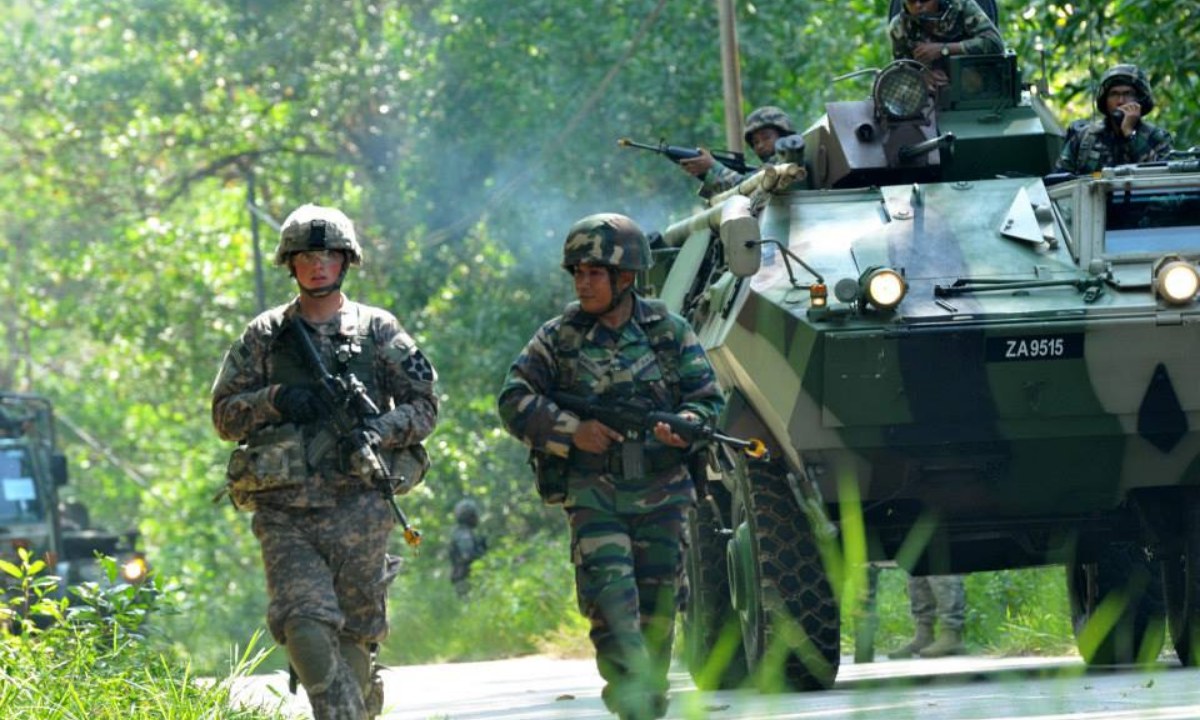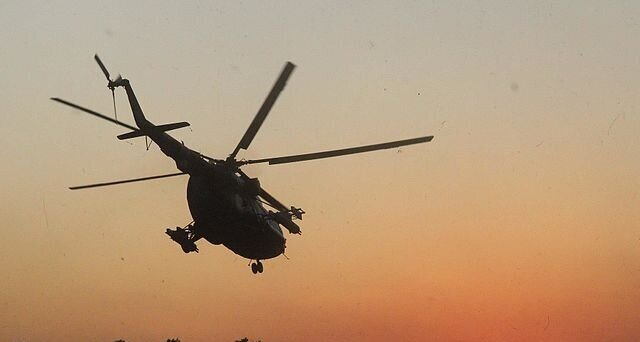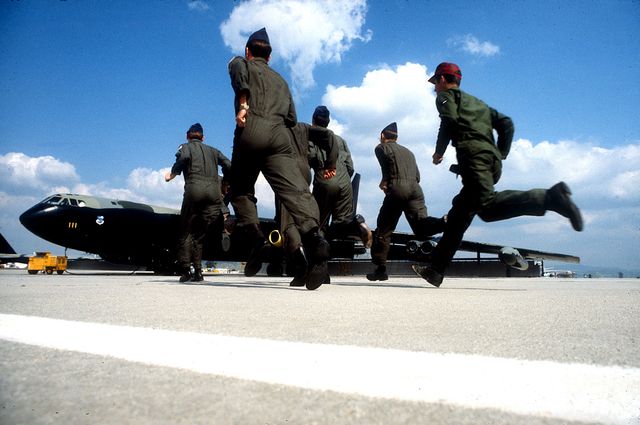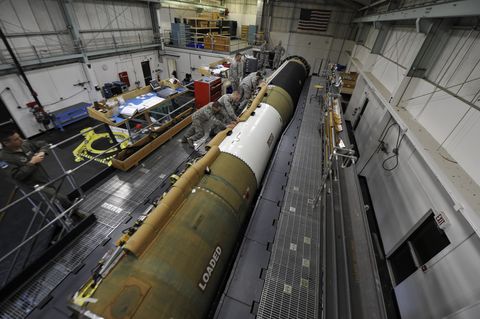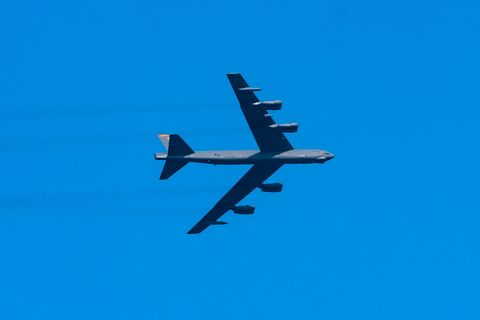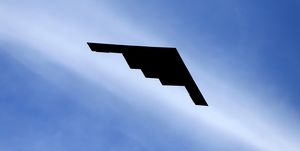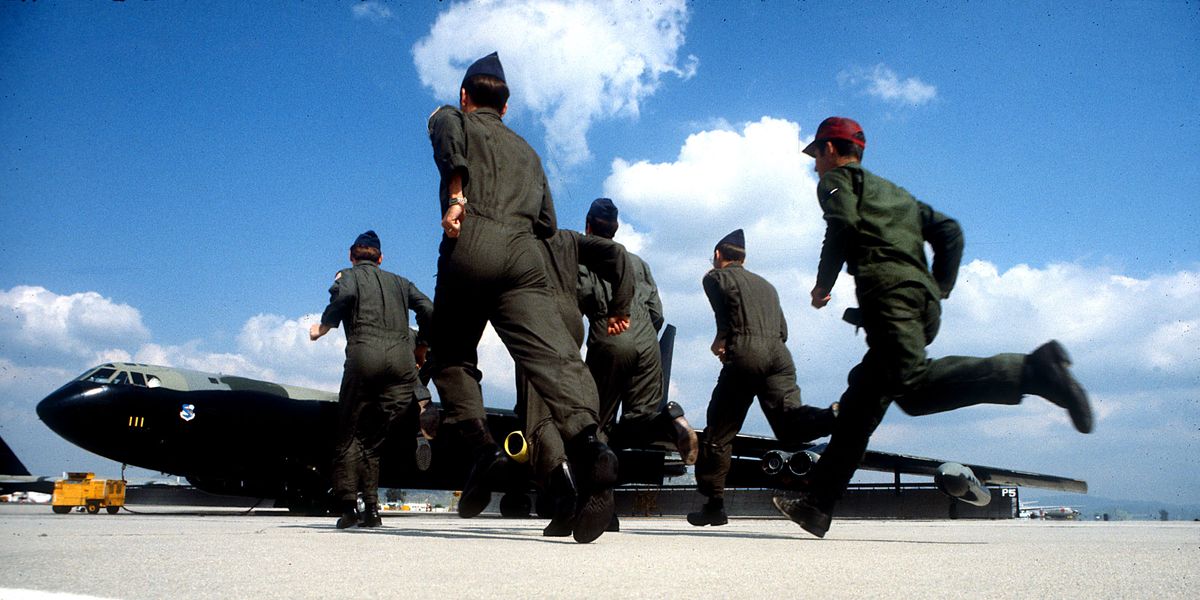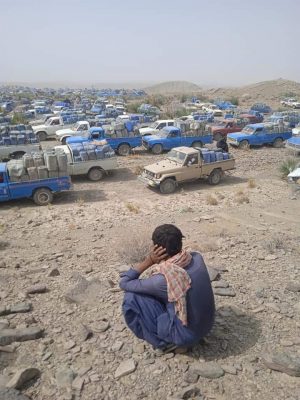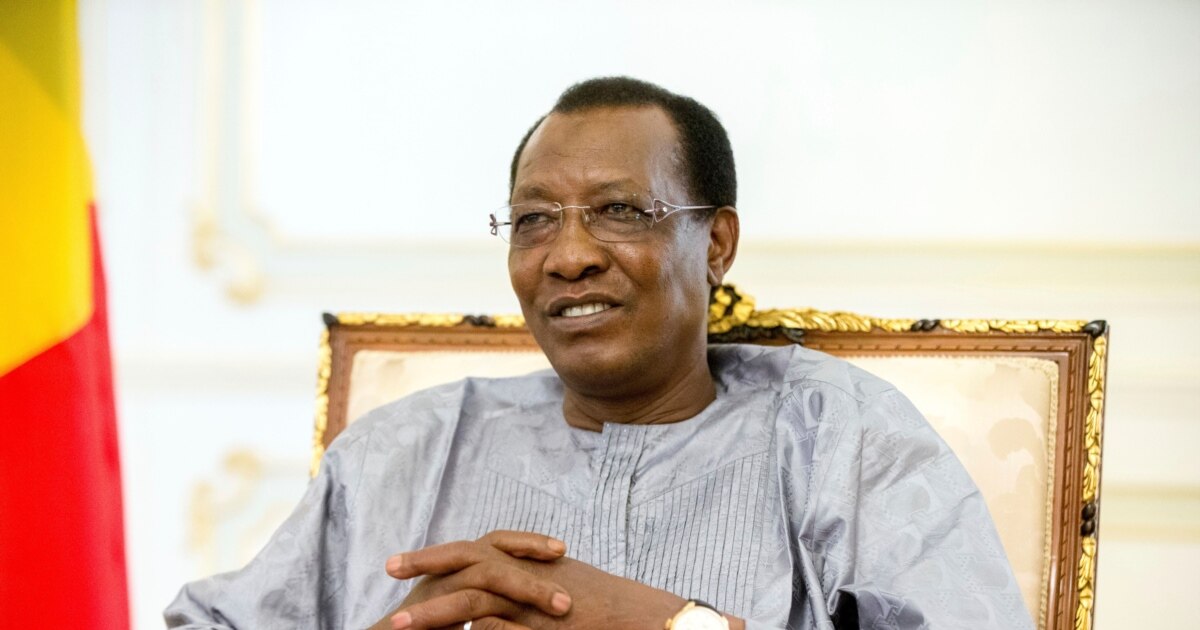(465) 03-27-2021-to-04-02-2021___****THE****WINDS****of****WAR****
WAR - 03-27-2021-to-04-02-2021___****THE****WINDS****of****WAR****
(467) 04-03-2021-to-04-09-2021___****THE****WINDS****of****WAR****
(468) 04-10-2021-to-04-16-2021___****THE****WINDS****of****WAR****
 www.timebomb2000.com
www.timebomb2000.com
--------------------------------------------
Tick, tick, tick......
Posted for fair use.....

 dentonrc.com
dentonrc.com
Abbott demands Biden add cartels to terrorist list, but didn’t squawk when Trump decided not to
WASHINGTON — Insisting the administration is “standing by” as Mexican cartels terrorize South Texas, Gov. Greg Abbott demanded that President Joe Biden add the crime groups to a list of terrorist organizations that includes al Qaeda and the Islamic State.
“In November 2019, cartel gunmen fatally ambushed nine U.S. citizens, all women and children,” Abbott wrote Biden, invoking a number of brutal attacks to justify the designation.
All of the attacks he cited took place when Donald Trump was president, and Abbott never publicly pressured Trump to designate the cartels as terrorist groups.
Nor did Abbott air any complaint when Trump backed down from a threat to add cartels to the foreign terrorist group list, under pressure from Mexico.
The brutality of the cartels is not in doubt.
But the laser focus on Biden suggests a degree of political theater. And Abbott is hardly the only Republican to cast him as weak on cartels while glossing over the fact that Trump never did what they now demand from the new president.
“To take a few examples from the past year: a U.S. citizen held hostage by the Sinaloa Cartel was recently rescued; heavily armed members of the Jalisco New Generation Cartel attempted to assassinate Mexico City’s chief of police; and a journalist was beheaded for his coverage of the cartels,” Abbott noted in his letter to Biden noting that cartels “smuggle narcotics and weapons into the United States to fund their illegal enterprises. They force women and children into human and sex trafficking ... [and] murder innocent people, including women and children.”
The kidnapping, Mexico City attack and decapitation he cited all took place in 2020, before Biden was elected.
Like previous presidents, Biden has taken steps short of adding cartels to the State Department’s list of Foreign Terrorist Organizations. The 72 groups currently on the list include the Haqqani Network, Boko Haram, Hamas, and a number of al Qaeda affiliates and offshoots. Apart from a handful of separatist groups such as Peru’s Shining Path, nearly all are Islamic militants.
On April 6, for instance, the Treasury Department blocked assets and criminalized financial dealings with three people linked to the Cartel de Jalisco Nueva Generacion, which has been blamed for the assassination of a former Jalisco state governor in December at a Puerto Vallarta tourist restaurant.
On Thursday, Rep. Chip Roy, R-Austin, filed a bill to immediately designate the Reynosa/Los Metros faction of the Gulf Cartel and the Cartel Del Noreste faction of Los Zetas as Foreign Terrorist Organizations.
It also gives the State Department 30 days to assess what other cartels meet the criteria.
“These are people who hang, behead and burn people alive to threaten and control government officials and Mexico and they are starting to bring those dangerous tactics here to the United States,” Roy said. “To make matters worse, they’re growing even more powerful, wealthy and brazen as a result of this administration’s self-inflicted border crisis.”
In February, freshman Rep. Tony Gonzales, R-San Antonio, whose district includes 820 miles of border, filed legislation that would, among other things, require the State Department to quickly decide whether six of the most notorious cartels meet the definition of terrorist organization: Jalisco New Generation, Sinaloa, Juarez, Tijuana, Gulf and Los Zetas.
“The Biden Administration is essentially aiding and abetting cartels by allowing them to grow into a force that destabilizes Central and South American nations, abuses woman and children, and funnels illegal drugs into our country,” said Rep. Michael Cloud, R-Victoria, one of 30 co-sponsors on Roy’s bill.
It’s a federal crime to knowingly offer support to a designated terrorist organization. Members of such groups are subject to deportation and cannot enter the country legally.
Banks must freeze funds they suspect are connected to such groups, and alert the U.S. Treasury.
In short, it’s a powerful tool.
In November 2019, Trump vowed to slap the designation on drug cartels after the bloodiest attack on U.S. citizens in Mexico in years. Three women and six children were killed in an ambush in northern Mexico.
The outcry in Mexico was intense.
President Manuel Lopez Obrador expressed adamant opposition. Others warned that the United States would use the designation as pretext for an invasion, just as it has gone to war against al Qaeda and ISIS.
Presidents George W. Bush and Barack Obama had likewise considered using the terrorist designation to unleash new tools in the fight against drug trafficking. Then, too, Mexico pushed back.
Abbott argued that invoking the Foreign Terrorist Organization law would lengthen prison terms for cartel members, and make them inadmissible to the United States.
“It would allow the United States to freeze the assets of these organizations and … put them out of business,” he said on Fox News, where he also asserted that “the White House has nobody in charge of operations at the United States border with Mexico, 1,200 miles of which includes the state of Texas.
“Not the president, not the Vice President, not anybody else has been on the ground taking charge of maintaining these operations,” he claimed. “All they have done is created a complete open border where you have not only young unaccompanied minors, family units, you have men and you have terrorists that are coming across the border as well as these cartels.”
Homeland Security Secretary Alejandro Mayorkas has visited the border three times, most recently last week, when he stopped in McAllen and El Paso.
His department includes the Border Patrol and immigration enforcement, making him in charge of operations at the border.
“The Biden administration is standing by while people in South Texas are terrorized. It could be murderers, it could be kidnappings, robberies, all kinds of crimes are taking place,” Abbott said.
Abbott’s attack echoed demands from conservatives that Biden and Vice President Kamala Harris visit the border. GOP politicians and their allies in conservative media label Harris the “border czar,” though that has never been her assignment.
Rather, Biden put her in charge of dealing with Guatemala, Honduras and El Salvador, the same role he held as Barack Obama’s vice president.
Also despite Abbott’s contention, the border is not “open” under any reasonable definition, though it is certainly true that the Border Patrol has been stretched thin and overwhelmed by a surge in migrants, partly driven by expectations of a more welcoming policy under Biden.
But the Biden administration has continued a policy of expelling all migrants who are caught — except for unaccompanied children, a change from when Trump was in charge.
WAR - 03-27-2021-to-04-02-2021___****THE****WINDS****of****WAR****
(467) 04-03-2021-to-04-09-2021___****THE****WINDS****of****WAR****
(468) 04-10-2021-to-04-16-2021___****THE****WINDS****of****WAR****
WAR - 04-10-2021-to-04-16-2021___****THE****WINDS****of****WAR****
(464) WAR 03-20-2021-to-03-26-2021___****THE****WINDS****of****WAR**** WAR - 03-20-2021-to-03-26-2021___****THE****WINDS****of****WAR**** (465) 03-27-2021-to-04-02-2021___****THE****WINDS****of****WAR**** WAR - 03-27-2021-to-04-02-2021___****THE****WINDS****of****WAR**** (467)...
--------------------------------------------
Tick, tick, tick......
Posted for fair use.....

Abbott demands Biden add cartels to terrorist list, but didn’t squawk when Trump decided not to
WASHINGTON — Insisting the administration is “standing by” as Mexican cartels terrorize South Texas, Gov. Greg Abbott demanded that President Joe Biden add the crime groups to a list of
Abbott demands Biden add cartels to terrorist list, but didn’t squawk when Trump decided not to
- By Todd J. Gillman Dallas Morning News
- 40 min ago
WASHINGTON — Insisting the administration is “standing by” as Mexican cartels terrorize South Texas, Gov. Greg Abbott demanded that President Joe Biden add the crime groups to a list of terrorist organizations that includes al Qaeda and the Islamic State.
“In November 2019, cartel gunmen fatally ambushed nine U.S. citizens, all women and children,” Abbott wrote Biden, invoking a number of brutal attacks to justify the designation.
All of the attacks he cited took place when Donald Trump was president, and Abbott never publicly pressured Trump to designate the cartels as terrorist groups.
Nor did Abbott air any complaint when Trump backed down from a threat to add cartels to the foreign terrorist group list, under pressure from Mexico.
The brutality of the cartels is not in doubt.
But the laser focus on Biden suggests a degree of political theater. And Abbott is hardly the only Republican to cast him as weak on cartels while glossing over the fact that Trump never did what they now demand from the new president.
“To take a few examples from the past year: a U.S. citizen held hostage by the Sinaloa Cartel was recently rescued; heavily armed members of the Jalisco New Generation Cartel attempted to assassinate Mexico City’s chief of police; and a journalist was beheaded for his coverage of the cartels,” Abbott noted in his letter to Biden noting that cartels “smuggle narcotics and weapons into the United States to fund their illegal enterprises. They force women and children into human and sex trafficking ... [and] murder innocent people, including women and children.”
The kidnapping, Mexico City attack and decapitation he cited all took place in 2020, before Biden was elected.
Like previous presidents, Biden has taken steps short of adding cartels to the State Department’s list of Foreign Terrorist Organizations. The 72 groups currently on the list include the Haqqani Network, Boko Haram, Hamas, and a number of al Qaeda affiliates and offshoots. Apart from a handful of separatist groups such as Peru’s Shining Path, nearly all are Islamic militants.
On April 6, for instance, the Treasury Department blocked assets and criminalized financial dealings with three people linked to the Cartel de Jalisco Nueva Generacion, which has been blamed for the assassination of a former Jalisco state governor in December at a Puerto Vallarta tourist restaurant.
On Thursday, Rep. Chip Roy, R-Austin, filed a bill to immediately designate the Reynosa/Los Metros faction of the Gulf Cartel and the Cartel Del Noreste faction of Los Zetas as Foreign Terrorist Organizations.
It also gives the State Department 30 days to assess what other cartels meet the criteria.
“These are people who hang, behead and burn people alive to threaten and control government officials and Mexico and they are starting to bring those dangerous tactics here to the United States,” Roy said. “To make matters worse, they’re growing even more powerful, wealthy and brazen as a result of this administration’s self-inflicted border crisis.”
In February, freshman Rep. Tony Gonzales, R-San Antonio, whose district includes 820 miles of border, filed legislation that would, among other things, require the State Department to quickly decide whether six of the most notorious cartels meet the definition of terrorist organization: Jalisco New Generation, Sinaloa, Juarez, Tijuana, Gulf and Los Zetas.
“The Biden Administration is essentially aiding and abetting cartels by allowing them to grow into a force that destabilizes Central and South American nations, abuses woman and children, and funnels illegal drugs into our country,” said Rep. Michael Cloud, R-Victoria, one of 30 co-sponsors on Roy’s bill.
It’s a federal crime to knowingly offer support to a designated terrorist organization. Members of such groups are subject to deportation and cannot enter the country legally.
Banks must freeze funds they suspect are connected to such groups, and alert the U.S. Treasury.
In short, it’s a powerful tool.
In November 2019, Trump vowed to slap the designation on drug cartels after the bloodiest attack on U.S. citizens in Mexico in years. Three women and six children were killed in an ambush in northern Mexico.
The outcry in Mexico was intense.
President Manuel Lopez Obrador expressed adamant opposition. Others warned that the United States would use the designation as pretext for an invasion, just as it has gone to war against al Qaeda and ISIS.
Presidents George W. Bush and Barack Obama had likewise considered using the terrorist designation to unleash new tools in the fight against drug trafficking. Then, too, Mexico pushed back.
Abbott argued that invoking the Foreign Terrorist Organization law would lengthen prison terms for cartel members, and make them inadmissible to the United States.
“It would allow the United States to freeze the assets of these organizations and … put them out of business,” he said on Fox News, where he also asserted that “the White House has nobody in charge of operations at the United States border with Mexico, 1,200 miles of which includes the state of Texas.
“Not the president, not the Vice President, not anybody else has been on the ground taking charge of maintaining these operations,” he claimed. “All they have done is created a complete open border where you have not only young unaccompanied minors, family units, you have men and you have terrorists that are coming across the border as well as these cartels.”
Homeland Security Secretary Alejandro Mayorkas has visited the border three times, most recently last week, when he stopped in McAllen and El Paso.
His department includes the Border Patrol and immigration enforcement, making him in charge of operations at the border.
“The Biden administration is standing by while people in South Texas are terrorized. It could be murderers, it could be kidnappings, robberies, all kinds of crimes are taking place,” Abbott said.
Abbott’s attack echoed demands from conservatives that Biden and Vice President Kamala Harris visit the border. GOP politicians and their allies in conservative media label Harris the “border czar,” though that has never been her assignment.
Rather, Biden put her in charge of dealing with Guatemala, Honduras and El Salvador, the same role he held as Barack Obama’s vice president.
Also despite Abbott’s contention, the border is not “open” under any reasonable definition, though it is certainly true that the Border Patrol has been stretched thin and overwhelmed by a surge in migrants, partly driven by expectations of a more welcoming policy under Biden.
But the Biden administration has continued a policy of expelling all migrants who are caught — except for unaccompanied children, a change from when Trump was in charge.

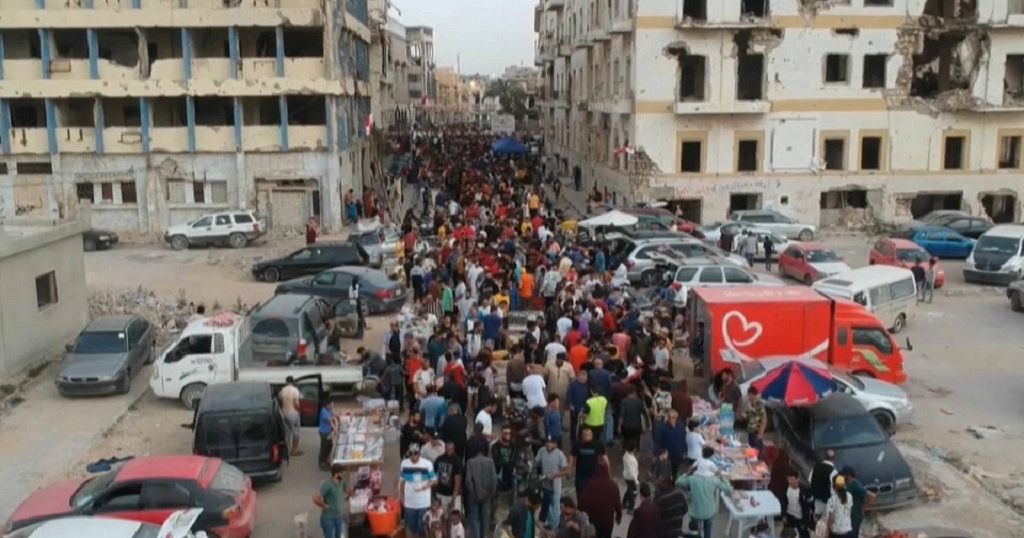
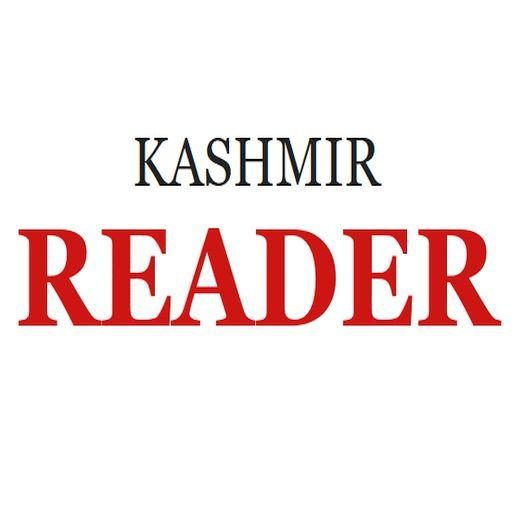





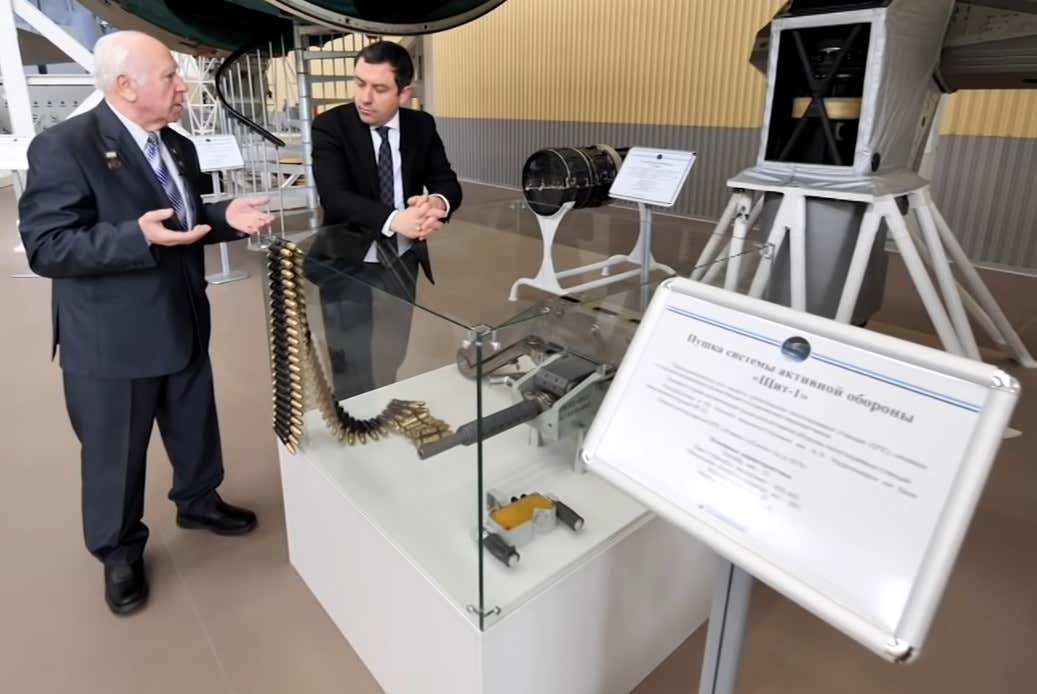
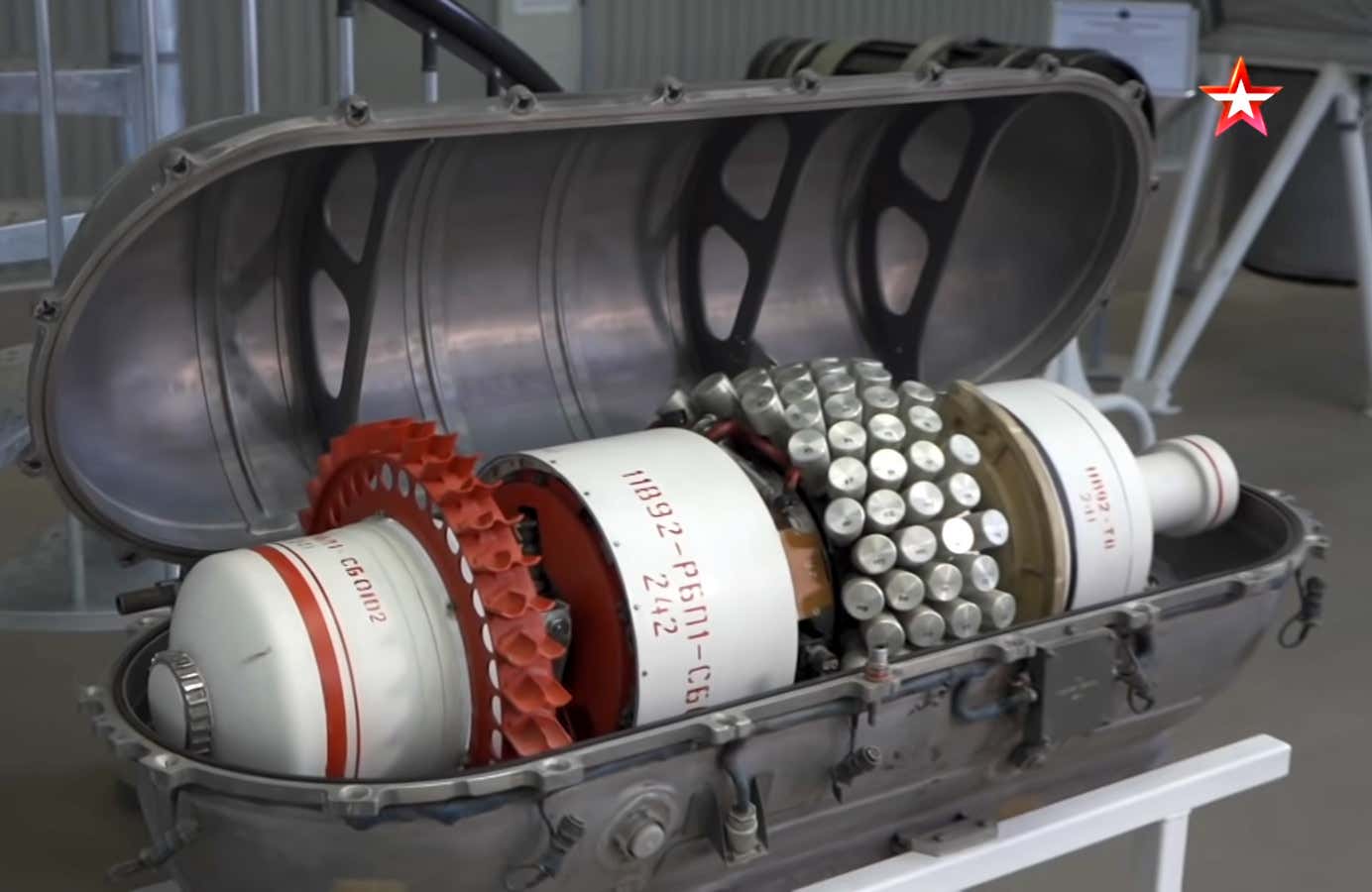





/cloudfront-us-east-1.images.arcpublishing.com/mco/YAIPO3GCZVE7VOJ2P4FBIGU4FI.jpg)
/cloudfront-us-east-1.images.arcpublishing.com/mco/SL7ISHTSWRBPZNKXTYBBKNELXQ.jpg)
